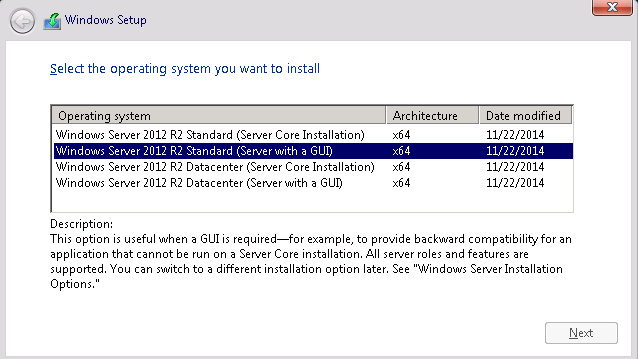
Create the image Create the container file Download the latest digital signed VirtIO drivers from Fedora and move it to the iso directory. The tricky part to create a Windows image for OpenStack is to use the proper driver for the virtualized hardware components like the IDE controller and the network interface. Move the iso file in the “iso” directory.Īs for all Microsoft products you need to buy a license key to use the operating system, even if it is used as a VM.

a link for Windows 7 Professional can be found on the community website of microsoft ). Download a Windows ISO-File from your preferred site e.g. $ mkdir ~/iso Windows ISOįirst you need an iso-file of Windows. That step is not mandatory, but will help you to use the following commands. To store the iso files we create a directory called “iso” in the home directory. The VM will not be able to use the hardware virtualization extension (Intel VT or AMD-V). If you are working on a Windows or Mac machine you can not use a Linux-VM to do the installation. $ sudo apt-get install libvirt-bin libvirt-doc On Ubuntu you can install KVM using the following commands in the shell: $ sudo apt-get update

To create the image we will use QEMU and KVM, which is a full virtualization solution for Linux. Prepare the Installation Ubuntu, QEMU and KVMĬreating a Windows image from scratch is best done by using a linux distribution to do the installation process. For different versions of Windows watch out for the corresponding notes in the article. In this article I will show how to install a Windows 7 64-Bit image on OpenStack.


 0 kommentar(er)
0 kommentar(er)
